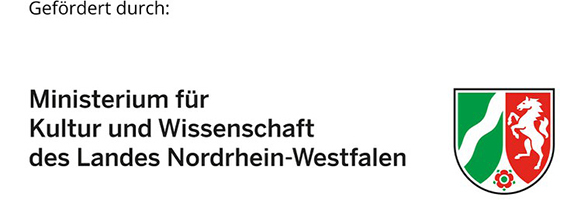Dynamic merge of discrete goods flow – Impact on throughput and efficiency
DOI:
https://doi.org/10.2195/lj_Rev_gasperin_en_201202_01Keywords:
dynamik merge, efficiency, material flow calculation, throughput, throughput diagramAbstract
Continuous conveyors with a dynamic merge were developed with adaptable control equipment to differentiate these merges from competing Stop-and-Go merges. With a dynamic merge, the partial flows are manipulated by influencing speeds so that transport units need not stop for the merge. This leads to a more uniform flow of materials, which is qualitatively observable and verifiable in long-term measurements. And although this type of merge is visually mesmerizing, does it lead to advantages from the view of material flow technology? Our study with real data indicates that a dynamic merge shows a 24% increase in performance, but only for symmetric or nearly symmetric flows. This performance advantage decreases as the flows become less symmetric, approaching the throughput of traditional Stop-and-Go merges. And with a cost premium for a continuous merge of approximately 10% due to the additional technical components (belt conveyor, adjustable drive engines, software, etc.), this restricts their economical use.Downloads
Published
2012-03-06
How to Cite
Gasperin, S., & Jodin, D. (2012). Dynamic merge of discrete goods flow – Impact on throughput and efficiency. Logistics Journal: Reviewed Publications . https://doi.org/10.2195/lj_Rev_gasperin_en_201202_01
Issue
Section
Peer Review








